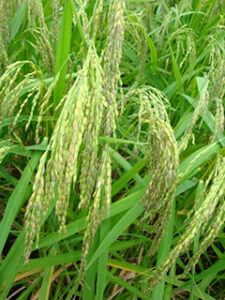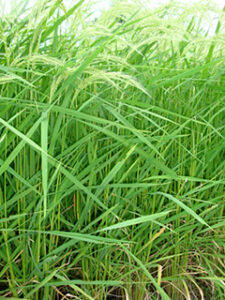The Azolla Fern and Rice Farming
The Anabaena Azollae — Azolla Fern Relationship
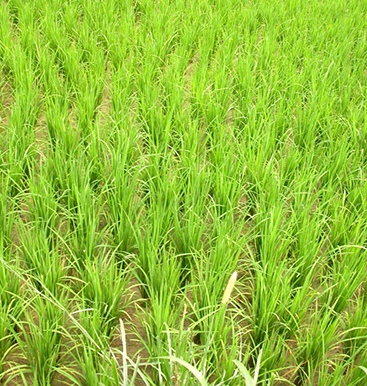
The cyanobacteria Anabaena Azollae is a type of Blue-green algae. The evolutionary botany of this Cyanobacteria and the Azolla fern has created an amazing synergy. The Azolla fern has Anabaena Azollae filaments within its leaves. This phenomenon occurs in streams and ponds in tropical and temperate environments. Normally, the Anabaena species is not desirable, especially on Klamath Lake. However, this synergy has contributed to unusually high crop yields for Rice (Oryza) harvests which feed a large proportion of the world’s population.
Rice is a major food throughout much of the world. Rice plants throughout Asia get extra nitrogen from the Anabaena Azollae part of the Azolla fern which fixes the nitrogen to the root nodules that are dissolved into the paddies. The rice yields are consistently higher averaging between 1.5x to twice the normal yield. The NPK numbers are not relevant in actual activity levels which are enhanced by the Nitrogen-fixing ability of the Cyanobacteria and the nutrification of the Rice within the ponds. The decomposition of Azolla increases the nitrogen, potassium, phosphorus, carbon & other organic matter nutrients available for rice.
Rice Plants (Oryza): Why Rice Grows 2x Its Norm
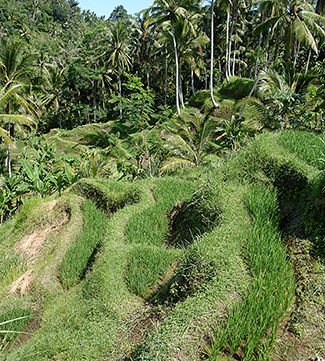
However, Azolla could be inoculated or grown around the Rice ponds in addition to the direct application. Integration between Rice Farming and Azolla could be further optimized with duck farming, creating a powerful synergy. The Azolla fern could fill in around eroded soil to slow water runoff. In this way, it could act as a nutrient berm to moderate the environment.
The growth hormone Gibberellic acid (naturally derived from rice roots) could be utilized by all living plants. Seaweeds, Cyanobacteria, and other growth stimulants alter surface tension to provide for greater ease of absorption by the Rice plant. The growth factors of the rice, blue-green, and cyanobacteria all have complementary functions and provide minerals and amino acids. This nutrient uptake has been a repeatable phenomenon that has occurred throughout Asia for centuries.
This story illustrates the importance of providing optimal nutrient conditions in your surrounding area. Improving the plants, the soil, as well as the nutrients provided, expresses the essence of farming. The hard work of cultivation, production, and harvest is in the hands of the farmer once the basics are provided. This is an expanding story. The more that I learn, the more questions arise…
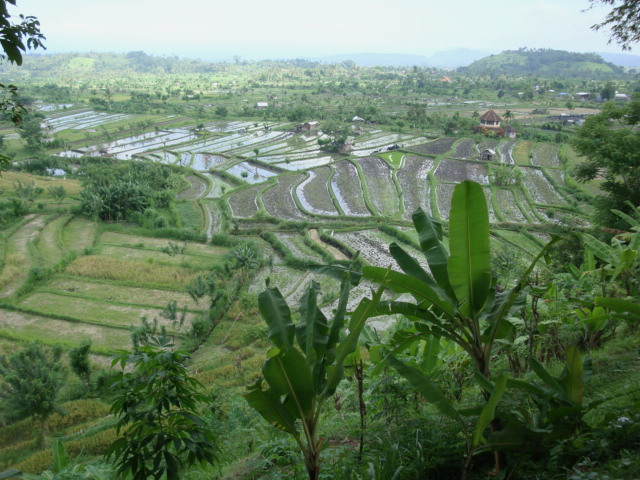
Additional Resources
Below are supporting videos and photos to explain more thoroughly the relationship between the Azolla Fern, Anabaena Azollae, and high rice yields throughout Asia.
The Azolla Foundation
Sharing info on Azolla and its contribution to new technologies
Rice-Duck-Azolla-Fish Cultivation
The Azolla Foundation
Duck Rice Farming in Japan
Video, 10 min
The Arctic Azolla Event
The Geological Society
Anabaena, Wikipedia
Anabaena azollae
Smart Technologies for Sustainable Smallholder Agriculture, 2017
printed in Science Direct magazine
Marriage Between A Fern & Cyanobacterium
Wayne’s Word Online Textbook
Photos
